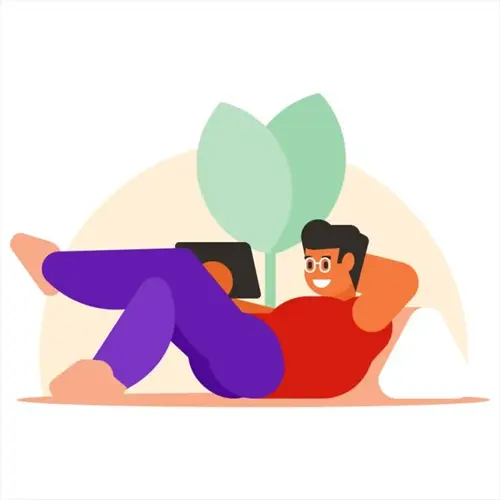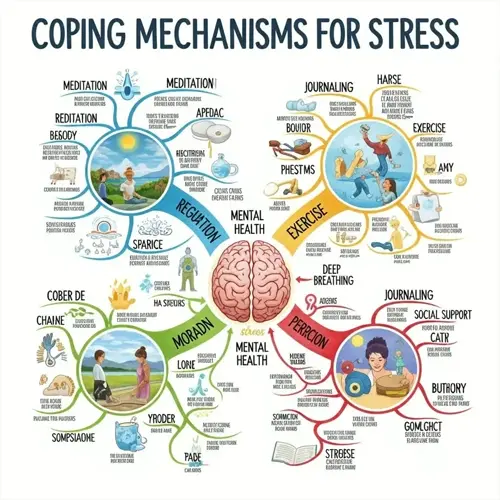Why might meditation temporarily increase anxiety?

Written by
Gina Mason
Reviewed by
Prof. Benjamin Murphy, Ph.D.First-time meditators sometimes feel sudden spikes of anxiety in their early sessions, which leads to great concern. This is a temporary, abnormally exaggerated feeling of anxiety that develops during this time because the practice of meditation brings suppressed feelings and thoughts to the surface of awareness. The patient begins to deal with matters to which they have previously denied themselves the advantage of mental exposure, producing a temporary feeling of discomfort. This is usually a mark of progress and not of failure.
Emotional Surfacing
- Meditation lowers psychological defenses allowing buried feelings to emerge
- Past traumas or current stressors may surface unexpectedly
- This emotional release is necessary for healing
Heightened Awareness
- You become more sensitive to physical sensations like heart rate
- Notice anxious thought patterns previously operating unconsciously
- Increased self-awareness feels overwhelming initially
Often, during meditation, we become aware of our usual thought patterns and anxious tendencies. Realizing these patterns can be disquieting at first, but this implies an opportunity for positive change. In regular practice, these patterns eventually relinquish their hold on your emotional state.
Physical sensations, such as muscle tension or a rapid heartbeat, seem to be intensified. Meditation teaches you to observe calmly (rather than react) to them. This capacity for observation reduces their hold on you in the long run. The temporary discomfort builds your capacity for emotional regulation throughout daily living.
In most people, this phase typically lasts 2-4 weeks with regular practice. You may shorten sessions during difficult times, but still maintain your practice. Use the breath practice especially when feelings are overwhelming. Remember that this transition period leads to increased calmness and resilience.
Read the full article: Meditation and Anxiety: Your Complete Guide

